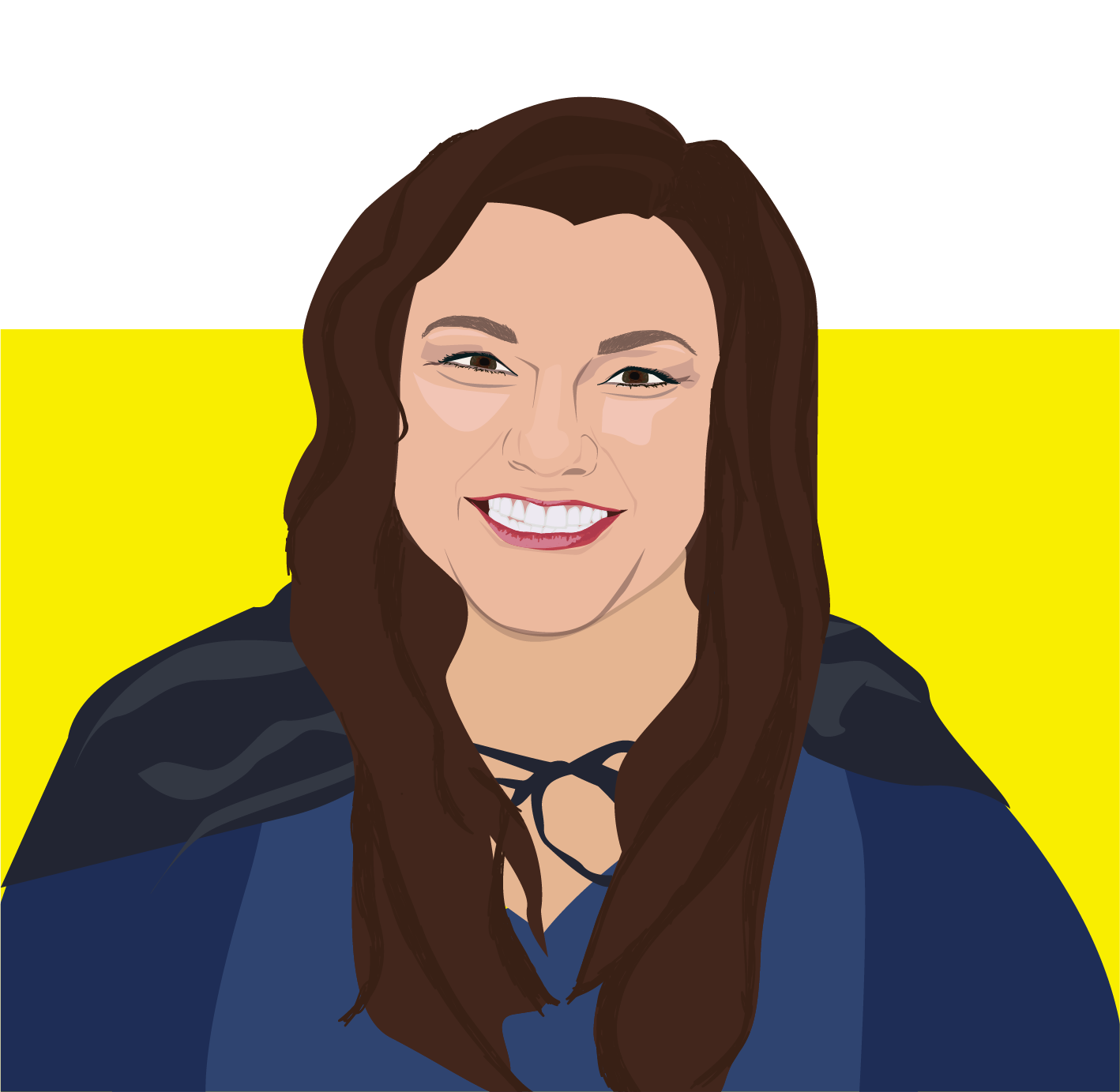What is HubSpot?
If you’ve spent anytime at all in the marketing world or perhaps doing some marketing for your...

Sales and marketing both work towards the same goal: acquiring leads and converting them into sales in order to help their business grow. And yet, for decades within every company, there has been a tumultuous rivalry between marketing and sales. Both vying for the title MVD: Most Valuable Department. Like most rivalries, they are fueled by insecurities and there are no true winners. The truth is that marketing and sales departments around the world should stop their sneers and trash talk because both are important to every single company. In fact, if marketing and sales merged, forgoing silos, both would emerge victorious for the companies they serve.
 Both marketing and sales work for the same boss: the customer. Both parties work to explore and understand customer needs. Marketing focuses on pre-sales activities, whereas sales focus on business relationships with customers. The analogy I like to use comes from one of my favorite movies, “My Big Fat Greek Wedding”. The mom, Maria, says to her daughter Toula, “Let me tell you something, Toula. The man is the head, but the woman is the neck. And she can turn the head any way she wants.” In this analogy, sales is the head, but marketing is the neck.
Both marketing and sales work for the same boss: the customer. Both parties work to explore and understand customer needs. Marketing focuses on pre-sales activities, whereas sales focus on business relationships with customers. The analogy I like to use comes from one of my favorite movies, “My Big Fat Greek Wedding”. The mom, Maria, says to her daughter Toula, “Let me tell you something, Toula. The man is the head, but the woman is the neck. And she can turn the head any way she wants.” In this analogy, sales is the head, but marketing is the neck.
Marketing is the neck because through market research, analysis, product, price, promotion, brand management, campaign management, and storytelling, they find demand in the marketplace and trying to meet it. In essence, it is marketing’s job to find out what the market wants and then attract them to the business. Marketing makes it easier for sales to fish. Rather than sales having to fish in the open ocean without radar, marketing attempts to makes it easier for sales to fish in a fully stocked pond.
Sales is the head because once an individual or business has interest in a business, it is a salesperson’s job to convert the lead to a sales. Therefore, sales focuses on the individuals and attempts to lead an individual to close.
Therefore, marketing focuses on the market as a whole, where sales focuses on each individual.

You were just on Facebook, and you viewed a personalized ad for Carrabba’s Italian Grill. The ad made your mouth water for their family bundle of lasagna. You know you would be a superstar at home for bringing home your family’s favorite meal. And you would not have to cook! You quickly place your order for 6:00 pm so you can pick it up on your way home from work. Marketing did its job. Marketing attracted you to their business.
Now, when you arrive to Carrabba’s an associate comes to your car with your family dinner. The associate speaks with you a bit to get to know you and she notices you drive a minivan with some protein bar and candy wrappers on the floor. She asks you, “Hey. Did you notice that Carrabba’s was running a special on tiramisu on orders over $40? For just another $10, you could bring home dessert. I set it aside just in case. Would you like me to grab it for you?” You say, “Yes!” How could you not? Now, that is sales doing its job. Sales got to know the individual customer even better and was able to address even more of their needs. (OK…maybe it was not so much of a need, but a want to satisfy a sweet tooth. Sales still did their job.)
At MPWRSource, we do not have marketing and sales departments. We have inbound and outbound. Inbound’s job is to attract leads from the marketplace and help generate sales qualified leads (SQLs), and outbound’s job is to speak with individual leads or prospects and help those leads and prospects find solutions to their pain points. They work together to help the prospect or lead, just like in the example above about the Carrabba’s customer.

Without customers there is no business. Every business is in business for their customers. Customers are “the boss”. Marketing and sales are working to create customers. They have the same mission and purpose. By working together, they keep the business in business. According to a 2018 study by InsideView, the biggest challenges to aligning sales and marketing are:
By breaking down the silos between marketing and sales, you create one single hub of truth for your business. By working together, sales and marketing can set a clear roadmap to success by:
If we were to map out how marketing and sales work together it would look something like this:
Marketers will do a strengths, weaknesses, opportunities, and threats (SWOT) analysis to the organization and they will research the market, taking into consideration their competitors and approaches.
Marketers will define their target audience and analyze current customers and people who would benefit from the solution. Buyer personas often include psychographics.
Marketers set goals to measure their performance and will reflect the goals of the company.
Marketers will come up with action items defined by marketing channels and target audiences.
Execute the plans and constantly evaluate results against current goals.
Sales will use marketing materials to generate leads, such as email sequences, social media, or events.
Sales will connect with leads to determine if they fit the buyer persona, as well as how much value a lead can offer your business and prioritizing them accordingly.
If the lead is qualified as a prospect, sales will show the value their solution(s) can provide.
The sales rep will handle questions, comments, or concerns.
Once the customer decides that they would like to buy, sales negotiates final prices, draws up contracts, and delivers the solution.
Sales offers ongoing support and finds new solutions to help the business further.
Marketing and sales need each other. You cannot have one without the other. They need to be working together to attract, inform, engage, and convert prospects to customers, and they need to work together to retain customer relationships, like boosting engagement and improving the customer experience.
A relatively new marketing approach, account-based marketing, relies on marketing and sales to work together. Account-based marketing (ABM), is where you start the sales process by selling directly to your best-fit, highest value accounts. HubSpot states the ABM process “allows you to align your marketing and sales teams from the get-go to promote long-term business growth, delight customers, and boost revenue.” By practicing ABM, you maximize your business’s relevance among high-value accounts. Sales and marketing must be aligned to ensure that the right accounts are being targeted and that they are working toward the same goals.
Marketing and Sales are evolving into the same team. Are you ready to join the evolution? You can try to fight and clammer for singular exclusivity to the MVD club, but marketing and sales aligned is stronger together, therefore ensuring their invitation to the MVD club. According to HubSpot, “Misalignment between marketing and sales costs B2B companies 10% or more of their revenue per year.”
Is the rivalry really worth it?

If you’ve spent anytime at all in the marketing world or perhaps doing some marketing for your...

The HubSpot CRM is a powerhouse. HubSpot is a cloud-based CRM designed to help align sales and...